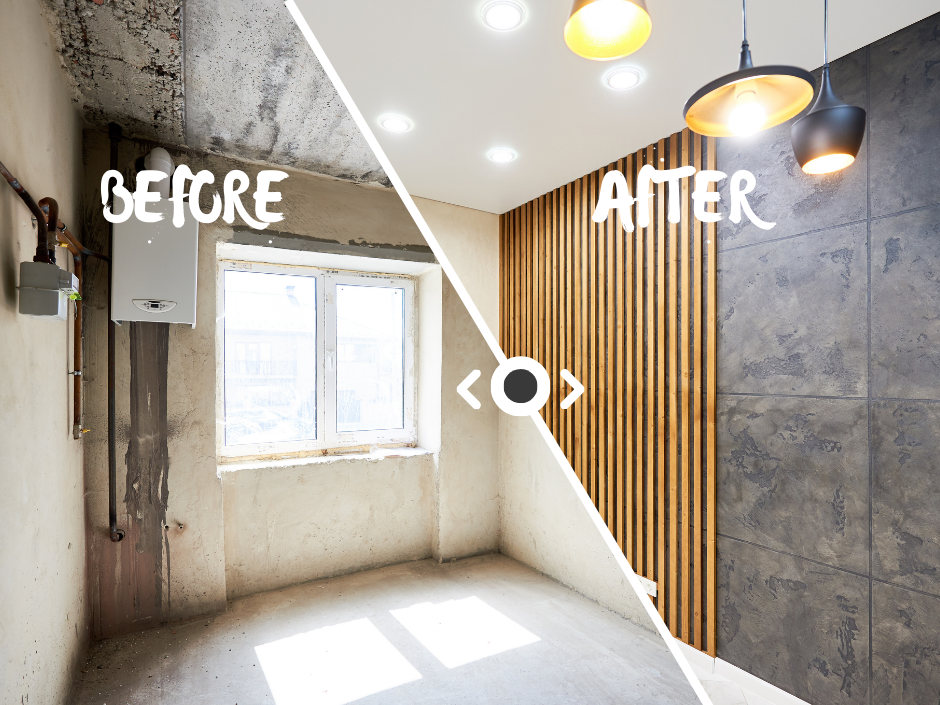House flipping means buying a property below market value, renovating it, and selling it quickly for profit[21]. This short-term investment strategy has gained momentum in 2024 as many undervalued homes (often left under-maintained post-pandemic) become ripe for renovation[22]. In essence, flipping is all about the turnaround: purchase a “fixer-upper,” invest in cost-effective improvements, then sell at a higher price before carrying costs (interest, taxes, utilities) add up.
- Finding Flip Deals: Common sources include property auctions and repossessions. Auctions often feature distressed or neglected properties at deep discounts. You can also approach homeowners directly (e.g. empty properties or those with debts) – even a letter can start a conversation. Networking with local agents, builders or developers can alert you to upcoming distressed sales. Key is speed: have financing (cash or a quick bridge loan) ready to act on a great deal.
- Renovation Strategy: Prioritize work that maximizes resale value. Kitchens, bathrooms and external curb appeal usually give the best return. Don’t over-capitalize: remodel to a similar standard as nearby sold homes. Stick to a budget with a 10–15% contingency buffer. Secure contractors via personal recommendations to avoid delays. While smart contractors will finish faster, always check plans with the estate agent’s pricing advice to ensure you’re not over-improving the neighborhood norm.
- Speed to Market: Time is money in flipping. Aim to complete renovations in weeks or a few months. The longer you hold (paying mortgage, insurance, council tax), the more your profit shrinks. As you renovate, arrange with your estate agent to list as soon as the essentials are done – even before 100% finish if needed. This reduces risk in case prices dip.
- Financing Flips: Flips are usually funded by cash or short-term loans. Bridging loans are designed for flips (fast approval, short term) but watch out for high interest and fees – factor these into your maximum bid. If using your savings, keep an eye on opportunity cost. Always do a full cost analysis: predicted sale price minus (purchase + refurbs + all fees) equals profit. Ensure a comfortable profit margin to account for any surprises.
House flipping can yield large returns (often 15–20% or more on the invested capital if done well). But it also carries risks: a miscalculated budget or market shift can eat your margin. For example, if market values stagnate or repair costs exceed estimates, a flip can stall. Always project conservatively and have an exit plan (rent it instead of sale if needed). With diligent due diligence and efficient project management, flipping can be a lucrative investment – turning rundown properties into renovated homes and, ultimately, profit[21].

